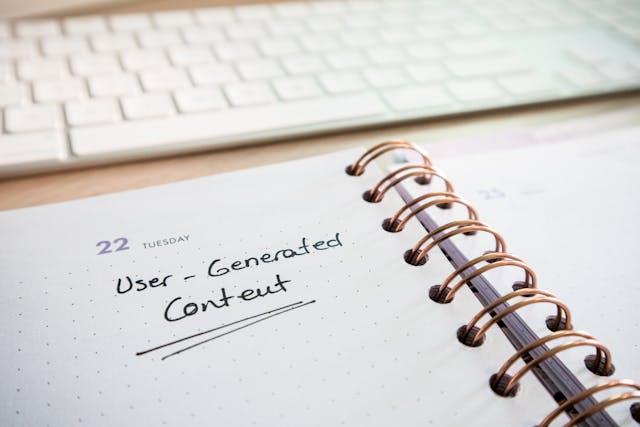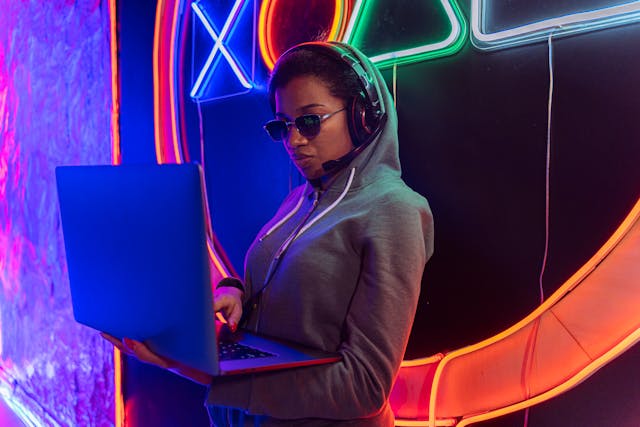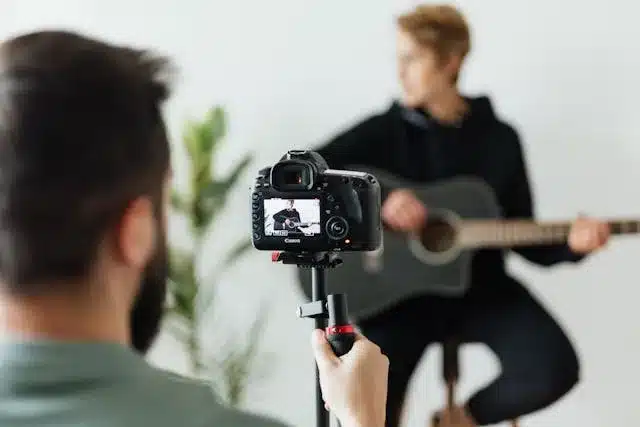Delve deeply into the strategies for copyright audits as an artist, and why they are more important now than ever before.
In this digital age, artists must actively monitor and protect their creative assets online. With digital platforms expanding rapidly, so do the chances of unauthorized usage.
Platforms like Instagram, Pinterest, and even AI tools like DALL·E may inadvertently use or scrape creative content.
Hence, conducting regular audits helps ensure that your work isn’t being copied, misused, or distributed without permission.
Moreover, staying vigilant about your content not only safeguards your rights but also strengthens your professional presence across platforms.
Effective Ways for Conducting Copyright Audits
As an artist in the digital age, maintaining control over your online presence is very important. I will explain and also provide effective strategies for conducting copyright audits for your online art presence.
One key aspect of this involves ensuring that your intellectual property rights are protected from unauthorized use.
Conducting a copyright audit helps you identify potential risks while also taking proactive steps to safeguard your work.
The Importance of a Good Copyright Audit
Having a good strategies for copyright audits essentially helps to examine how your copyrighted works are being used across various platforms. Notably, this process involves reviewing all instances where your art appears online.
Furthermore, it requires verification of whether it complies with legal standards regarding permission and attribution. You can prevent unauthorized use and protect your financial interests.
According to Harvard’s Berkman Klein Center, taking early action significantly reduces the risk of prolonged infringement.
Why Artists Need Copyright Audits
1. Prevent Unauthorized Use: A thorough audit helps identify if others are using your work without permission or proper credit. Platforms like Pixsy offer reverse image tracking tools built specifically for artists.
2. Protect Financial Interests: Unauthorized use can lead to lost revenue if others profit from selling or licensing copies of your work. For example, prints or NFTs may be illegally resold.
3. Maintain Control Over Your Work: By monitoring how others interact with your art online, you ensure that it aligns with how you intend it to be shared or used.
Steps for Conducting a Copyright Audit, Strategies that Work for Artists
Conducting a copyright audit requires careful planning and execution. Nevertheless, below are steps you can implement to aid the process:
Step 1: Gather Information About Your Works
Inventory Your Artwork: Start by creating an inventory of all artworks you have created that are available online.
Document Usage Permissions: Once you’ve created your inventory, note any permissions granted for each piece (e.g., licenses given).
Step 2: Monitor Online Platforms
Use Search Tools: Utilize reverse image tools like TinEye and Google Images. These are essential for spotting unauthorized usage.
Check Social Media Platforms: Regularly scan platforms like Facebook, X (formerly Twitter), and Reddit where your art might be reposted without proper credit.
Step 3: Review Third-Party Websites
Partner Sites & Galleries: Check websites that have been authorized to display or sell reproductions of your work.
Stock Photo Sites: Verify if any stock photo sites contain unauthorized versions of images similar to yours. Artists have previously found their work on Shutterstock or Getty Images without consent.
Step 4: Evaluate Fair Use Claims
If someone claims fair use when using parts of one’s copyrighted material:
1. Assess whether their claim aligns with fair use criteria (purpose & character; nature; amount; effect on market).
2. Determine if they have exceeded these limits by commercializing the content without permission.
Implementing Findings from the Audit
Once you’ve identified potential issues during the audit:
1. Send Cease-and-Desist Letters
If unauthorized uses are found, consider sending formal letters requesting removal. Free templates are available from the American Bar Association.
2. Contact Platforms Directly
Most platforms, including YouTube and Instagram, offer mechanisms for reporting infringement.
3. Legal Action
In severe cases where cease-and-desist letters fail, consult legal counsel about pursuing further action against infringers. The Volunteer Lawyers for the Arts can provide guidance for independent creatives.
Conducting regular copyright audits is essential for artists who want their intellectual property rights respected in today’s digital landscape.
Anyway, by following these steps, artists can proactively manage their online presence while protecting their creative output from misuse.
Ultimately, safeguarding one’s artistic property ensures both financial security and artistic integrity in an increasingly interconnected world.
READ ALSO:
Copyright Infringement on Social Media: Real-Life Examples
Social Media Marketing vs. Copyright Infringement: Finding Balance
Creative Commons Licenses for Artists: A Guide for Artists Online



